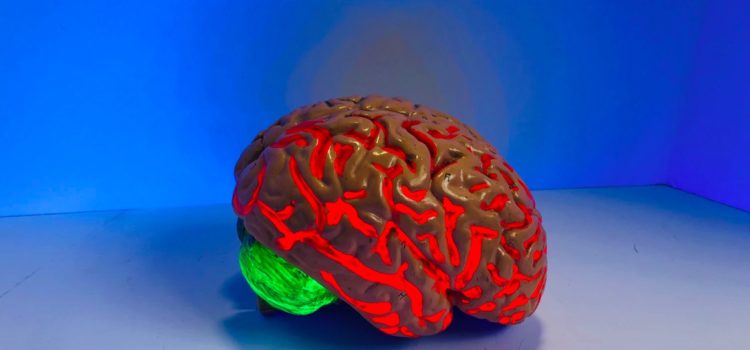

This article is an excerpt from the Shortform book guide to "The Selfish Gene" by Richard Dawkins. Shortform has the world's best summaries and analyses of books you should be reading.
Like this article? Sign up for a free trial here .
What is culture and how does it spread? How does cultural inheritance compare to genetic inheritance?
Cultural inheritance spreads just like genetic inheritance. Culture is replicated in minds and genes are replicated in the bodies.
Keep reading for more about cultural inheritance and the evolution of culture.
Cultural Inheritance and Genetic Inheritance
Strangely, culture spreads much like genes do: Ideas act as non-physical replicator “molecules,” and reproduce themselves in individuals’ minds. Cultural inheritance happens through this process of replicating culture in minds.
Many types of animals move, or even live, together in groups. Some advantages of this are obvious. For instance, prey animals gain some protection from predators. Meanwhile, predators like hyenas can bring down much larger prey by working together, so it benefits them all even though they have to share the food afterward. Birds fly in formation and switch leaders frequently to reduce turbulence and make travel less tiring. There are countless other examples in nature.
It’s even possible that, with human capacity for foresight, we can develop a culture of pure altruism and protect it from selfish individuals. Remember that in the example of the fighting or bluffing birds, the single best outcome for each individual bird was for them all to be bluffers; the system only falls apart because it’s easily exploited by a single fighter. Humans may have the capacity to move beyond the commands of the selfish gene and build a culture that benefits everybody, with defenses against selfish people who would try to take advantage of such altruism.
Unfortunately, while fun to think about, this idea of the evolution of culture is currently nothing but speculation.
The Evolution of Culture
Not all replicators are biological—ideas can be observed to spread through populations like genes do. This is likely not a direct result of gene survival, but more of a side effect of how brains are wired to learn.
If the unit of biological inheritance is the gene, it could be said that the unit of idea inheritance or cultural inheritance is the meme. The word is based on the Greek word mimeme, meaning “something that is imitated.”
(Shortform note: The Selfish Gene is the origin of the word meme, though its meaning was quite different from the funny captioned images it refers to today.)
Genes tend to survive if they give advantages to the creatures that carry them. Memes, on the other hand, survive if they can take root in people’s minds. Like genes, memes are self-replicating units. Cultural inheritance comes with the spread of memes.
A “successful” meme is one that reaches more people and survives in the cultural consciousness for long periods of time. A catchy song, for example, will be successful in the sense that it replicates itself and survives as people spread it. A song will likely spread through imitation, recognized by hearing people sing or whistle the song.
Also like genes, memes have to compete with one another for limited resources. In this case, the resources are people’s time and attention.
The one area memes seem to suffer in the comparison to genes is accuracy. If a selfish gene wishes to pass itself on, by definition it wants to create exact copies of itself. However, memes do not seem to be copied accurately at all—like a game of telephone, everyone the meme passes to will put their own interpretations, spins, and mistakes on it before passing it on again.
On the other hand, many genetic traits appear to be blended or overwritten during inheritance, but that doesn’t mean the genes themselves were. The genes are unchanged, but express differently depending on what other genes are present. It’s possible that ideas work the same way.
However, it may be a mistake to think of memes in terms of survival or reproductive value. They may simply be a side effect of how human brains developed—or, to further the comparison to genes, they may be naturally evolving replicators that exploit how our brains work. While cultures and fads can be seen to change and adapt in a way that mimics biological evolution, there is no reason to believe the two processes are connected.
As an interesting side note, cultural inheritance has also been observed—to a much lesser extent—in certain animals. Some species of songbirds learn their songs by mimicking other birds, not through genetics. Occasionally new songs are created when birds incorrectly copy each other. These new songs are taken up by other individuals, spreading like a meme spreads through a human population.

———End of Preview———
Like what you just read? Read the rest of the world's best book summary and analysis of Richard Dawkins's "The Selfish Gene" at Shortform .
Here's what you'll find in our full The Selfish Gene summary :
- Why organisms don't matter, only genes do
- How all life forms begin with a replicating molecule
- How species need to balance aggression and pacifism to survive







Very interesting and so true!! And you’re shunned if you go out of the norm.